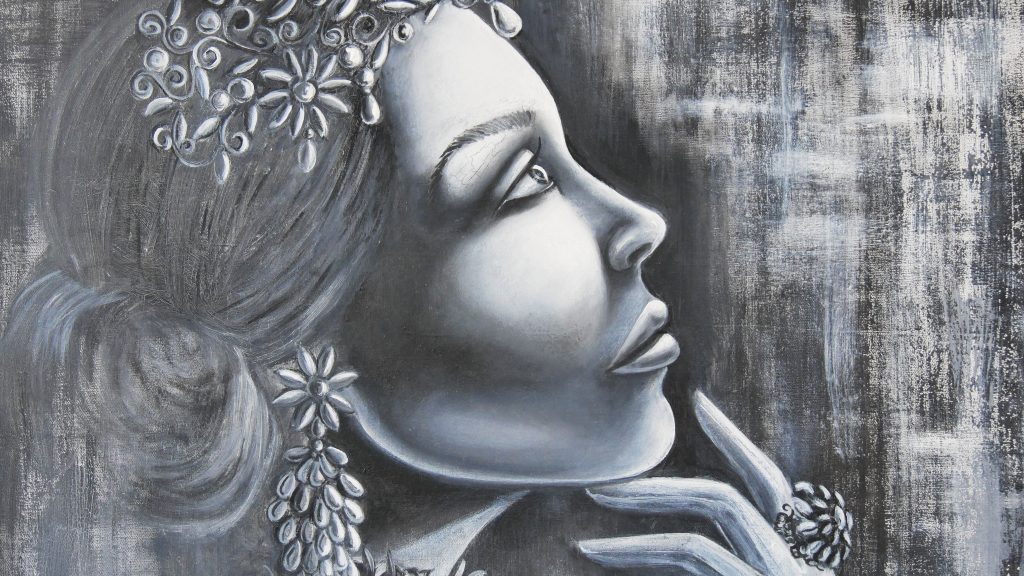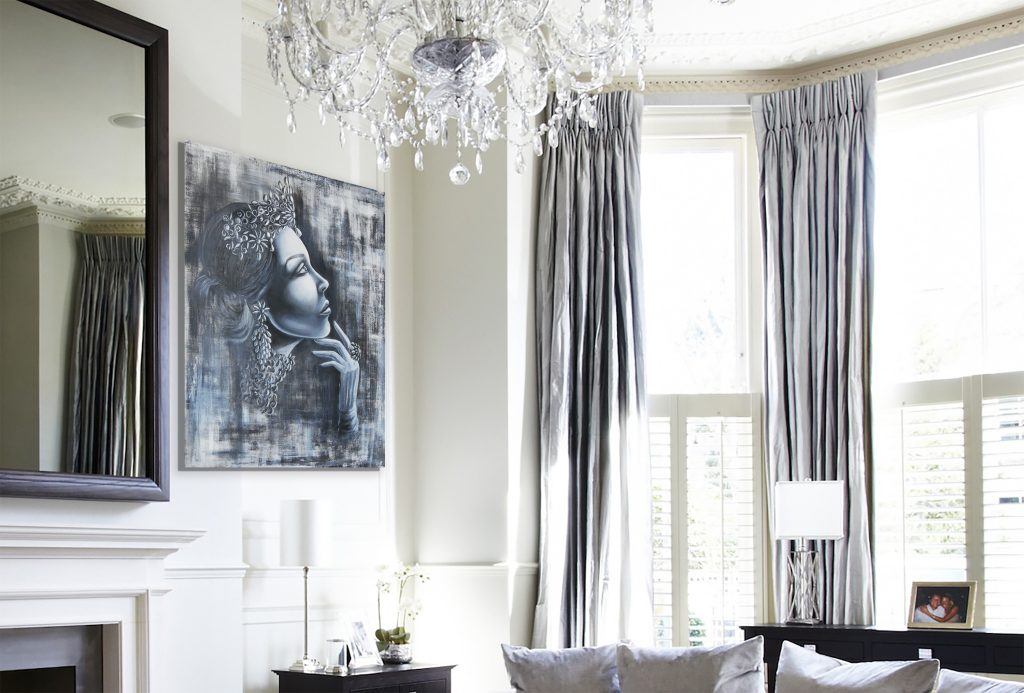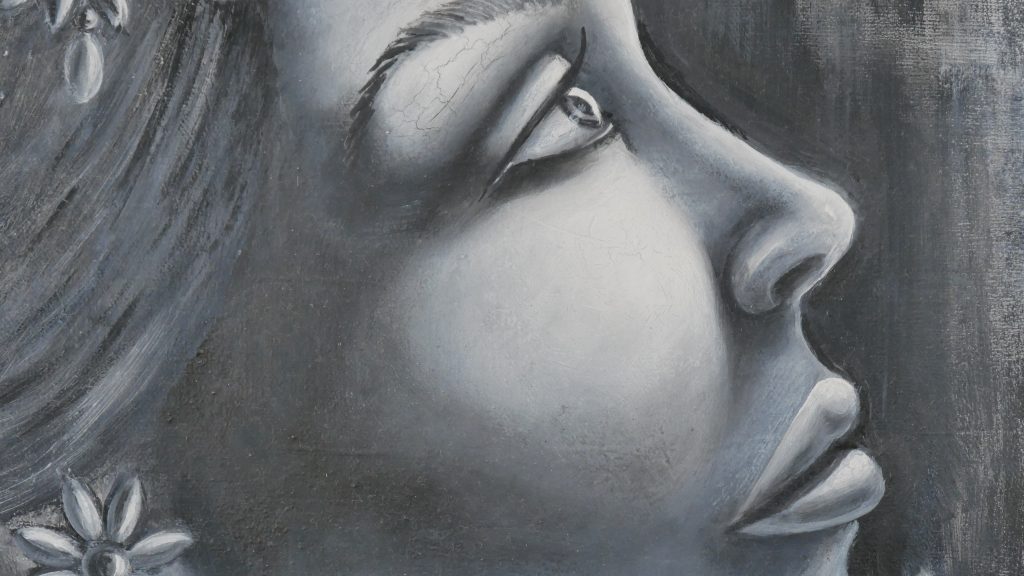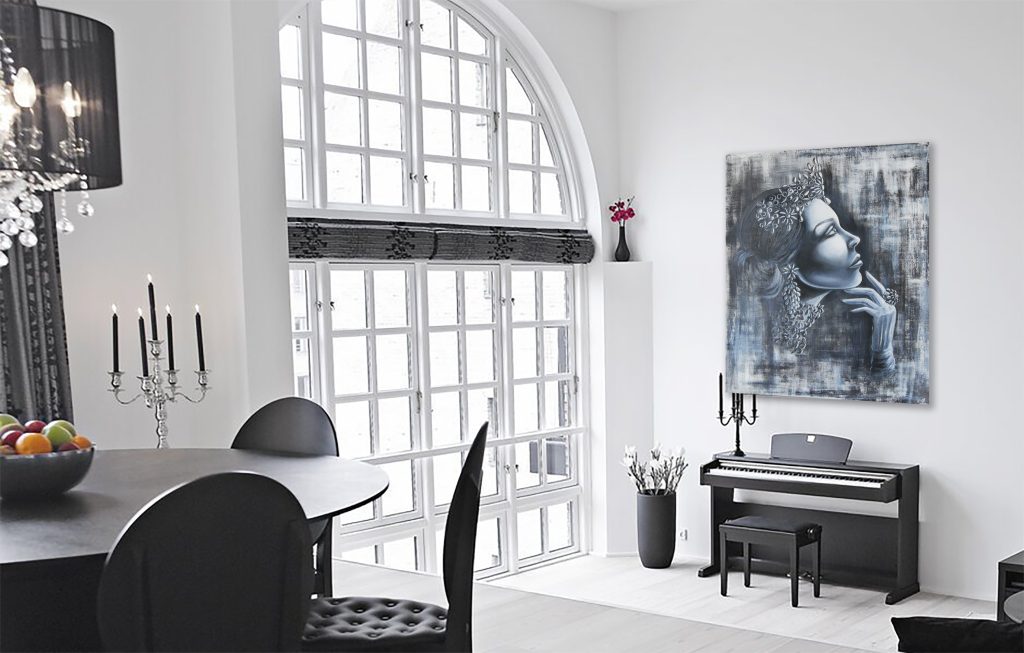THE STRIVING FOR BEAUTY
Why is the human being so irresistibly drawn to beauty?
Of course, each of us has our own values and our own understanding of what beauty is. Everyone creates their own aesthetic in their surroundings — decorating a room, home, office, or any personal space in their own way. We all choose clothing based on our taste and style, and each of us has a different idea of what’s beautiful and what’s not. Yet, despite the subjectivity of perception, there are stable aesthetic principles that unite people regardless of their cultural or personal preferences.

We all pause when we see something beautiful — whether it’s an image of nature, a plant, an animal, or a person — we feel a deep sense of pleasure just by contemplating beauty. And this reaction is universal: it appears in people of all ages, nationalities, and social backgrounds. Even abstract and unfamiliar artworks can evoke pleasant emotions and a desire to own them, to have them at home. This suggests that aesthetic perception is not always about recognizing objects, but rather connected to deep cognitive mechanisms responsible for our enjoyment of harmony.
VISUAL PERCEPTION AND COMPLETION
Why do we perceive beauty even where it’s not obvious? What cognitive processes are triggered, leading us to admire, wonder, be moved — and accept an image as beautiful?
Our visual perception is designed so that the brain actively fills in missing elements, striving to construct a complete picture. This phenomenon is called visual completion. It explains why, in abstract paintings, we still find familiar shapes, forms, and figures. The human mind craves order and structure, so even chaotic lines and color spots transform into recognizable symbols and scenes.

For example, Gestalt psychology describes the principle of closure, which suggests that we perceive incomplete figures as whole. This mechanism allows us not only to interpret abstract art but also to find beauty where no clear aesthetic elements seem to exist.
THE CONCEPT OF BEAUTY
How is beauty understood in different fields of knowledge?
Philosophy defines beauty as harmony between form and content; psychology links it to cognitive and emotional responses; and neuroscience studies the brain processes involved in the perception of aesthetically pleasing objects.
We can offer a general definition of beauty as a combination of elements that evoke a sense of pleasure, admiration, and tranquility. However, there’s a paradox: while we believe that beauty is in the eye of the beholder, there are also universal canons. For example, golden ratio proportions, symmetry, and certain color combinations tend to elicit equally positive emotions in most people. This is due to our brain’s evolutionary predisposition to perceive structured information.

MECHANISMS OF CREATING BEAUTY
How does our brain and thinking generate ideas — and why are they beautiful?
Aesthetic perception is formed through a multilayered interaction of cognitive, emotional, and cultural factors. Beauty doesn’t emerge out of nowhere — it is the result of complex information processing by our consciousness.

Contemporary art often seeks to distort traditional notions of beauty. Artists aim to break boundaries and provoke thought, evoking unexpected emotions in the viewer. Yet, the question of when the trend of the “ugly” in visual art will shift remains open. Perhaps in the future, art will once again turn toward harmony and natural beauty — because humans are persistently drawn to what brings them joy.
What awaits us in the future of visual art?
Technological innovations like artificial intelligence and virtual reality are already transforming the ways we create and experience art. We may be entering an era where the boundaries between classical aesthetics and digital experimentation become increasingly blurred — yet the pursuit of beauty will remain a fundamental part of the human experience.
With warmth and creativity,
Milar Talore
Artist & Creative Skills Speaker
